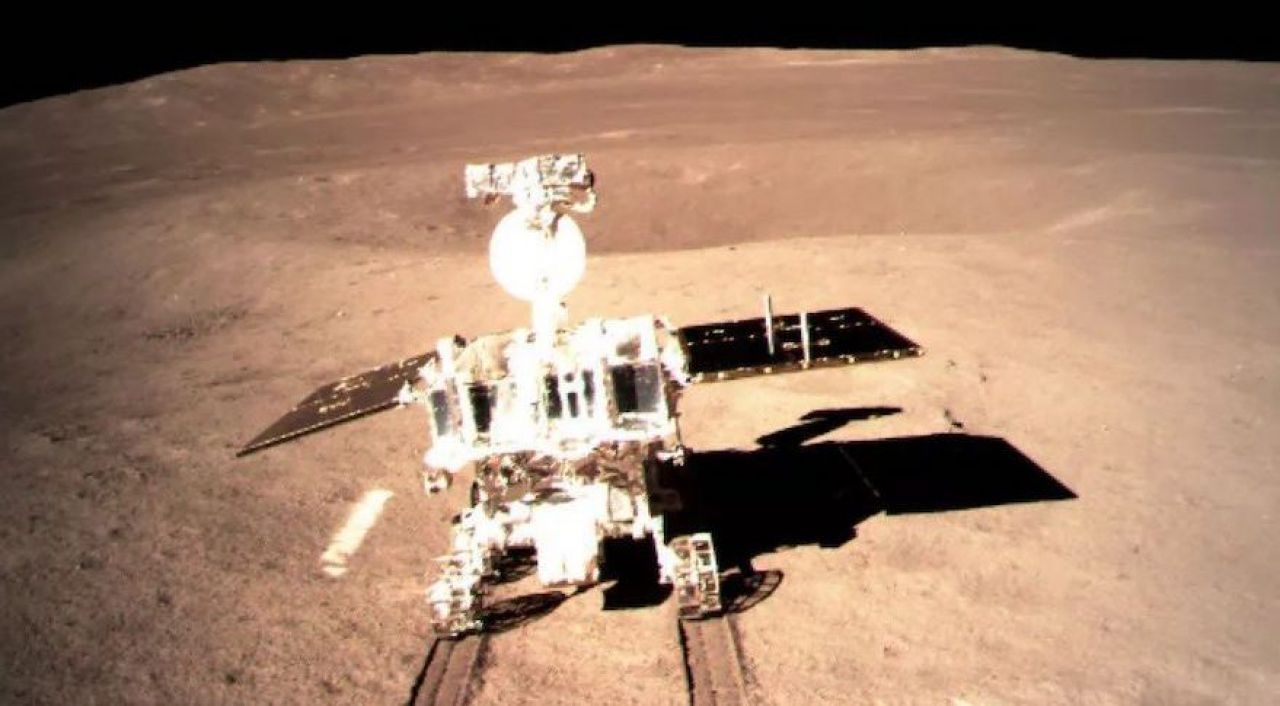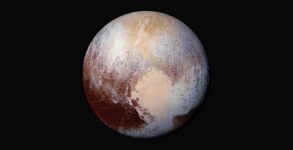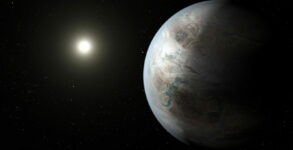After the Chinese spacecraft Chang’e-4 becomes the first ever craft to land on the ‘dark side’ or the far side of the Earth’s natural satellite, scientists on Wednesday said they could be a step closer to solving the riddle behind the Moon’s formation, unveiling the most detailed survey yet of the far side of the Moon.
The Chinese spacecraft Chang’e-4 is named after the moon goddess in Chinese mythology, which became the first ever craft to touch down on the far side of the lunar surface.
Similar to other bodies in our Solar System, during its formation the Moon is believed to have gone through a phase when it was partially or entirely composed of molten rock. The hypothesis states that as it cooled, denser minerals sank to the bottom of the magma-ocean, while lighter materials gathered near the surface to form its mantle.
The team landed its probe in the Von Karmen Crater nestled in the South Pole-Aitken basin, one of the biggest impact basins in the solar system. They detected materials such as olivine and low-calcium pyroxene that are rare elsewhere on the surface.
The study was published in the journal Nature and the authors suggest that these materials were ejected from the Moon’s upper mantle when it was struck by a meteor.
“Our results support the lunar magma ocean theory, and demonstrate that the magma ocean hypothesis can be used to describe the early evolution history of the Moon,” Chunlai Li, from the Chinese Academy of Sciences, told AFP.
The United States, Russia and China have all landed probes on the near side of the Moon, though neither NASA’s Apollo missions nor the Soviet Union’s Luna probes have ever returned samples of the lunar mantle. Unlike the near side of the moon that always faces the Earth and offers many flat areas to touch down on, the far side is mountainous and rugged.
Patrick Pinet, from France’s l’Institut de Recherche en Astrophysique et Planetologie wrote, The results “might also affect our understanding of the formation and evolution of planetary interiors,” saying that more research on the far side of the Moon was “of the utmost importance.”


















